When it comes to snakes, most people are either fascinated or terrified. While it’s true that some snakes can be deadly, it’s essential to remember that not all venomous bites are a death sentence. Thanks to modern medicine and the availability of antivenom, outcomes have improved dramatically worldwide. Below are 13 notorious snakes whose bites are often survivable with prompt medical care.
1. The Rattlesnake
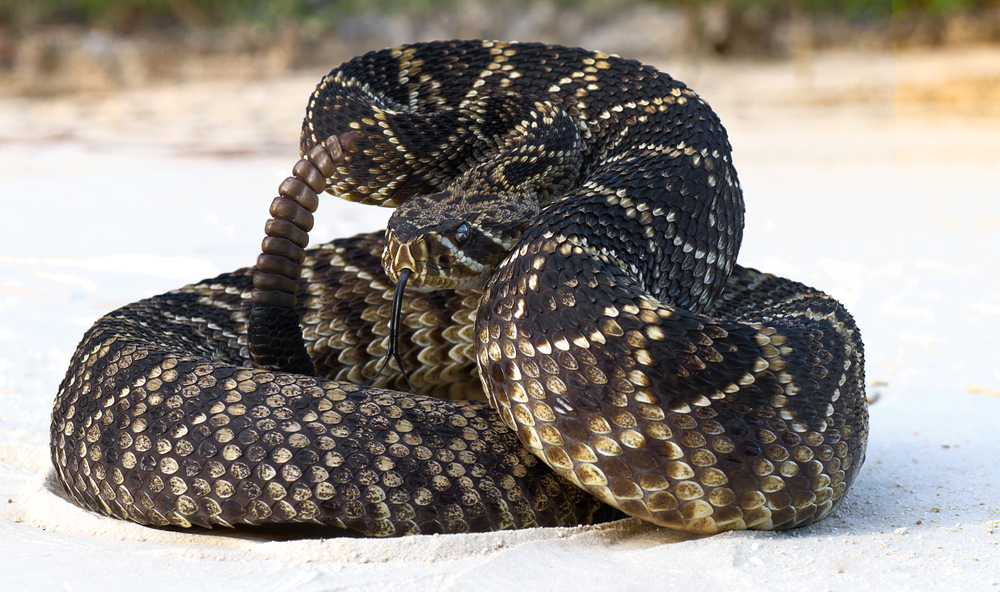
Rattlesnakes are among the most recognized venomous snakes in North America, famous for their signature tail warning. People still get too close by accident, and the venom can cause intense pain, swelling, and tissue damage. However, the CDC notes that with proper medical care, rattlesnake bites are rarely fatal. Antivenom and supportive treatment make a massive difference in recovery.
If you’re bitten, staying calm and minimizing movement helps slow the spread of venom through the lymphatic system. Keep the affected limb immobilized and at heart level while you seek immediate medical help. Do not cut, suction, or use tourniquets—those outdated tricks can worsen outcomes. With fast treatment, most patients recover with limited long-term effects.
2. The Copperhead
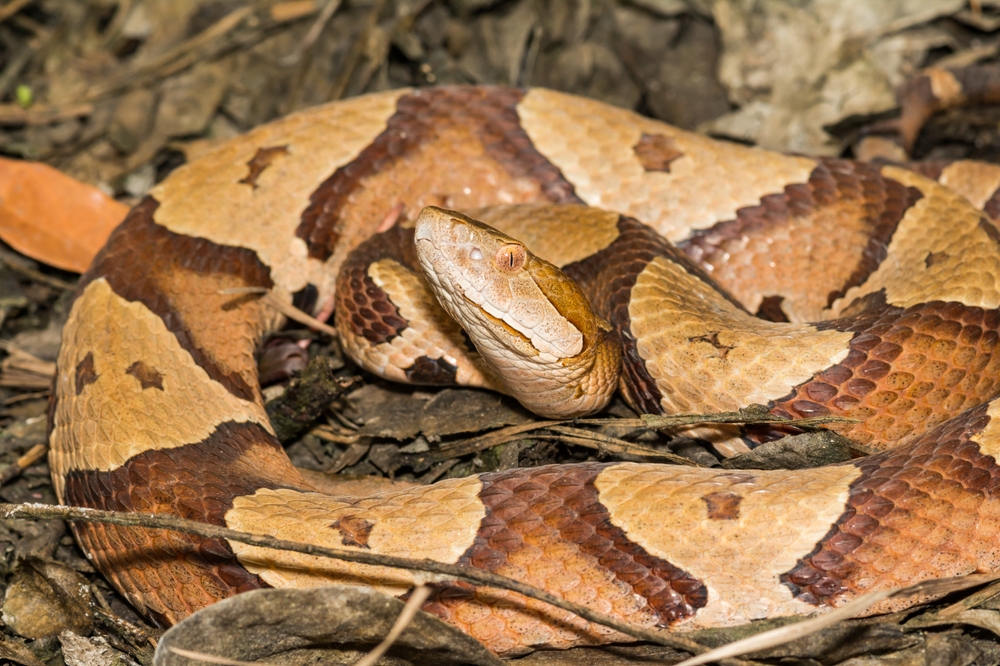
Copperheads prefer to keep to themselves, blending into leaf litter in wooded areas across the United States. Their venom is painful but comparatively less toxic than many other pit vipers. Fatalities are exceedingly rare, especially when care is timely and appropriate. NIH-cited reviews show most copperhead bite patients recover fully with the right treatment.
Expect local pain, swelling, and discoloration at the bite site if you’re unlucky enough to be tagged. Even if symptoms feel manageable, don’t shrug it off—complications can escalate without warning. Get to a hospital quickly so clinicians can monitor progression and administer antivenom if indicated. Early intervention is the safest path to a smooth recovery.
3. The Coral Snake
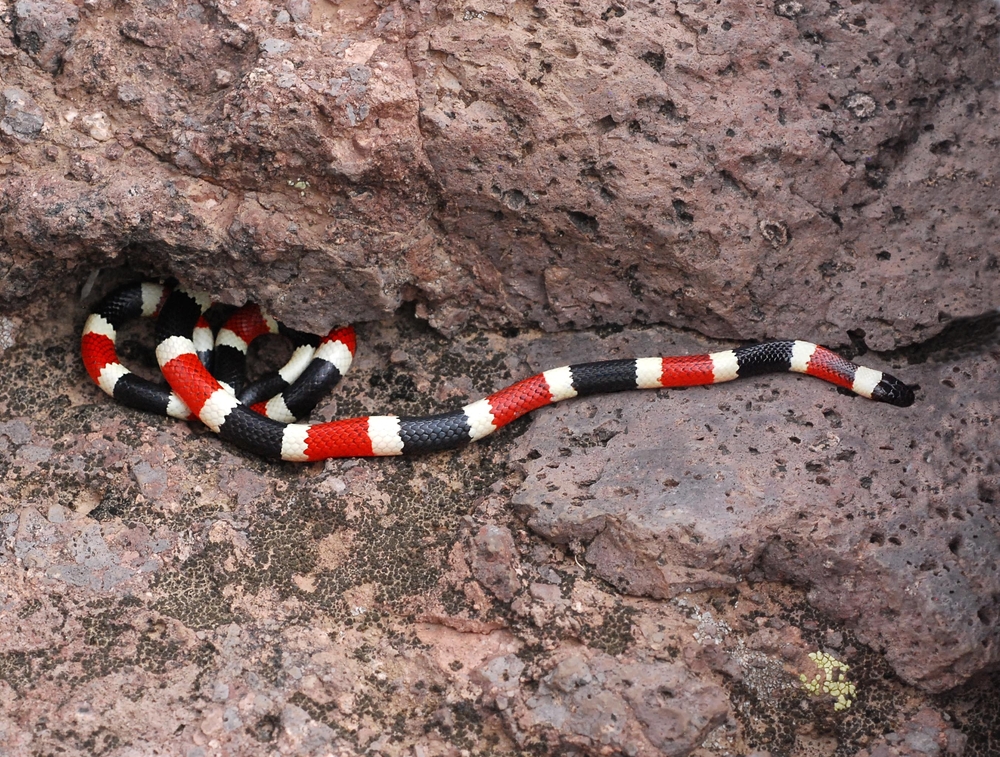
Coral snakes are shy, secretive, and best known for their bright warning bands remembered by the classic rhyme. Their venom is neurotoxic and can cause paralysis, but bites are uncommon and often occur when the snake is handled. Crucially, symptoms may be delayed, which can give a false sense of safety at first. The Mayo Clinic emphasizes immediate evaluation and antivenom when appropriate.
If you suspect a coral snake bite, head to the hospital even if you feel fine. Avoid tourniquets or cutting—those measures can do more harm than good. Immobilize the limb and keep your movements minimal as you get help. With rapid care, most patients recover well.
4. The Cottonmouth
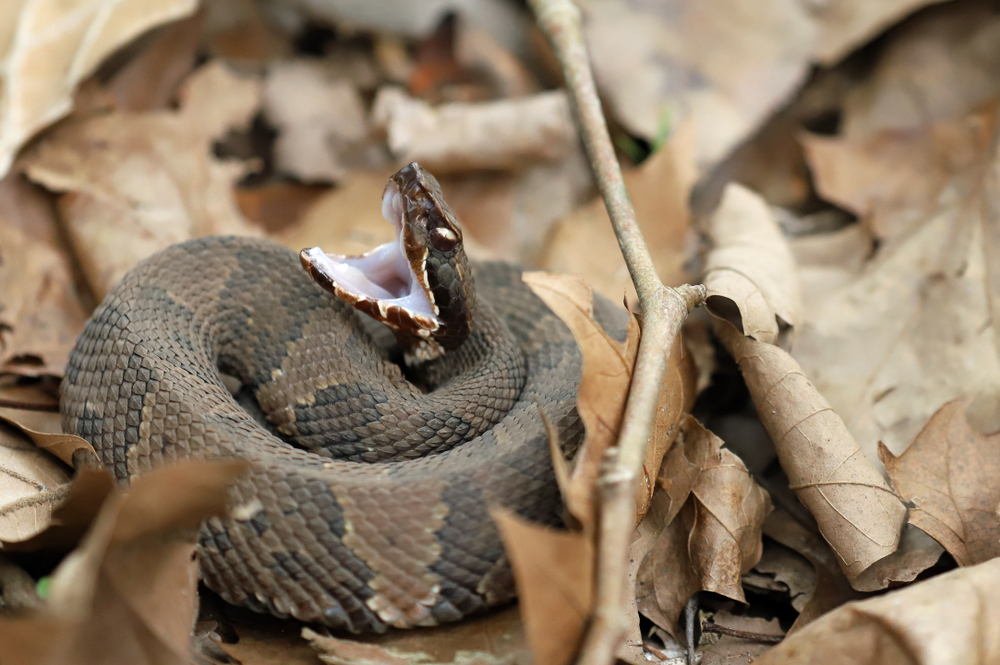
Cottonmouths, or water moccasins, often get an unfair reputation for aggression, but most prefer retreat over confrontation. Their cytotoxic venom damages tissue and can cause significant swelling and pain. Even so, many encounters result in “dry bites,” where little to no venom is injected. Fatalities are rare when treatment is prompt and appropriate.
If bitten, keep calm, immobilize the limb, and get to medical care right away. Antivenom can dramatically reduce tissue damage and complications. Skip home remedies and let professionals guide the care plan. With fast treatment, recovery is the norm, not the exception.
5. The Viper
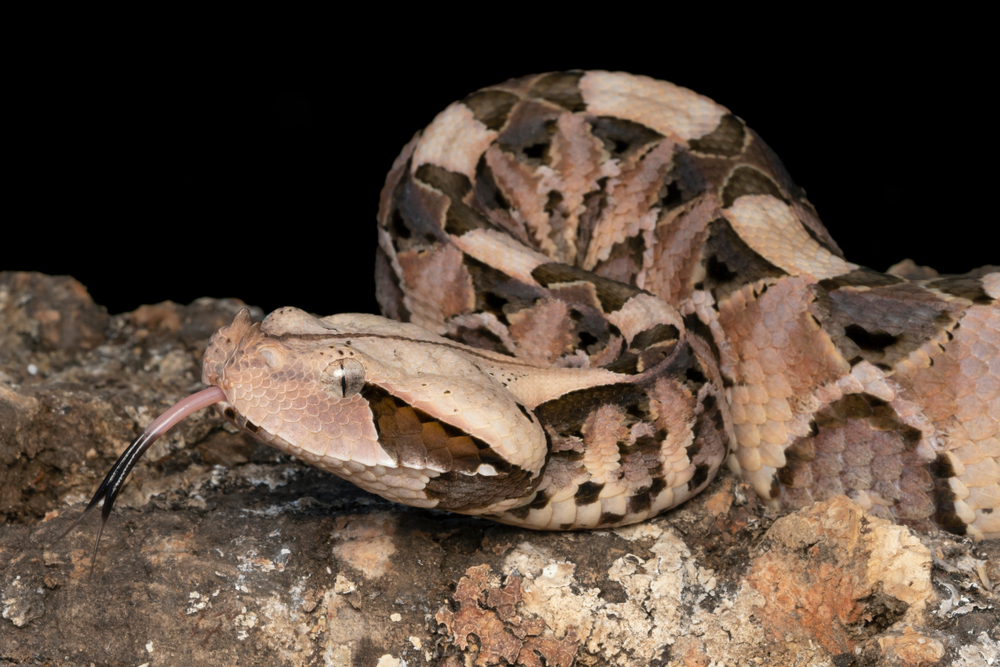
The Gaboon viper looks terrifying, boasting massive fangs and a striking, leaf-litter camouflage pattern. Its venom is potent, with hemotoxic effects that can be severe if untreated. Fortunately, Gaboon vipers are typically sedentary and rarely bite people unless stepped on or mishandled. Because encounters are infrequent, timely care usually leads to a good outcome.
If a bite occurs, expect serious pain and rapid swelling, and treat it as a medical emergency. Modern antivenom and hospital management significantly improve survival and reduce long-term harm. Avoid walking far on the injured limb and keep it still to slow spread. With fast intervention, recovery is very possible.
6. The King Cobra
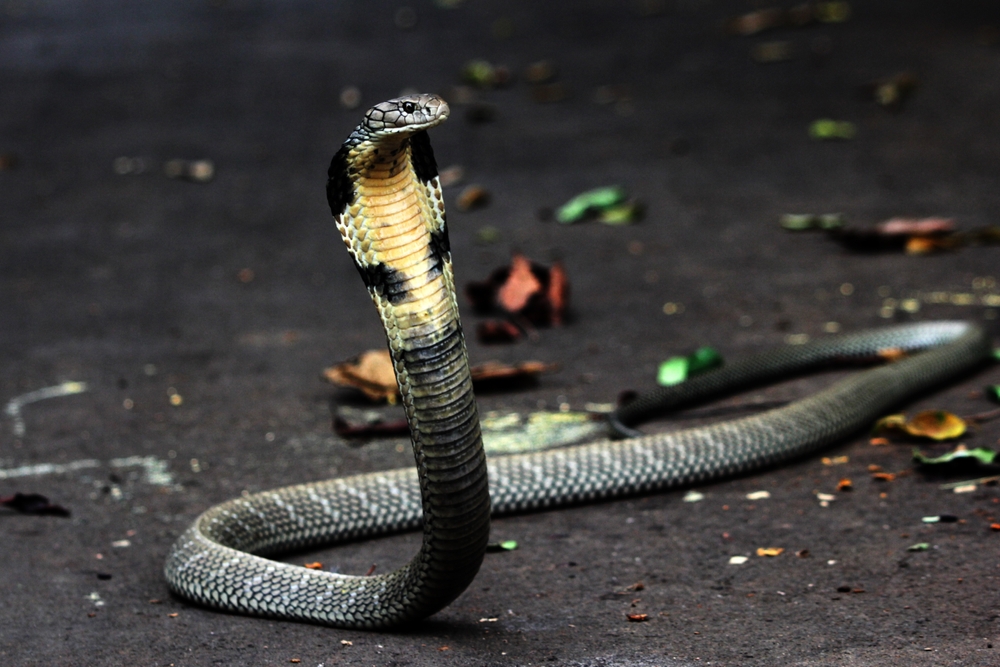
The king cobra is the world’s longest venomous snake and commands instant respect. It prefers to avoid conflict but can inject a large volume of neurotoxic venom when threatened. Paralysis and respiratory compromise are the key dangers without treatment. In regions with accessible antivenom and advanced care, survival odds rise sharply.
If bitten, stay as still as possible and seek emergency care immediately. Pressure immobilization bandaging (not a tourniquet) may be advised in some regions per local protocols—follow professional guidance. Early airway monitoring and antivenom save lives with this species. With rapid treatment, even formidable bites can be survivable.
7. The Pit Viper
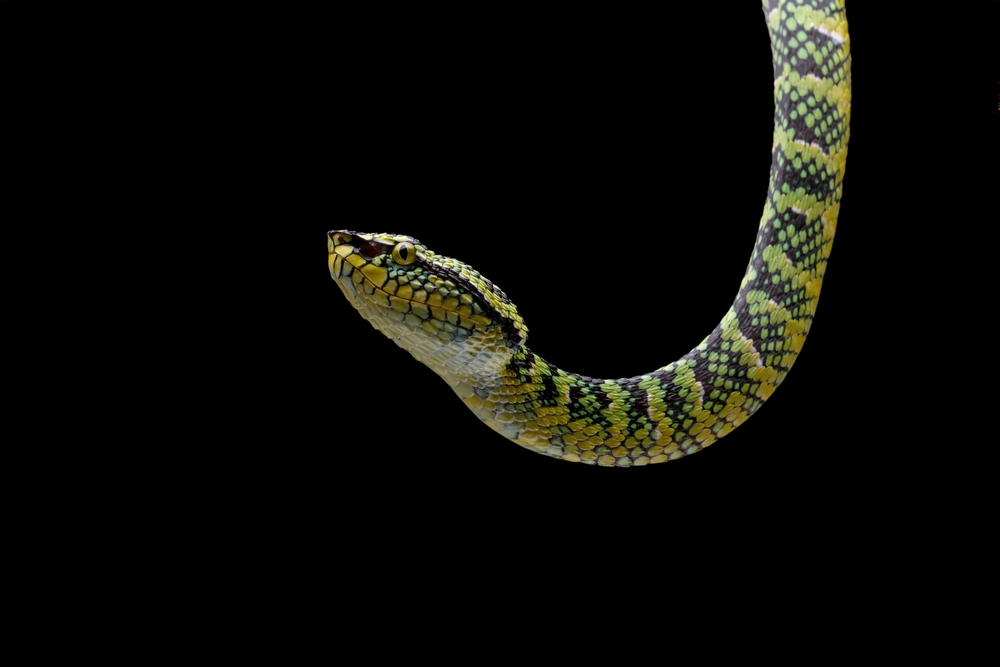
Pit vipers like the fer-de-lance and bushmaster have a fearsome reputation for a reason. Their hemotoxic venom can cause extensive swelling, bleeding, and tissue injury. Even so, these snakes generally don’t seek out humans and often strike only when threatened. In areas with established treatment protocols and antivenom, mortality has dropped substantially.
If bitten, minimize movement and get medical help immediately—time matters. Do not apply ice or cut the wound, as those steps can worsen local damage. Antivenom, pain control, and careful monitoring are the cornerstones of care. With swift management, many patients recover well.
8. The Sea Krait
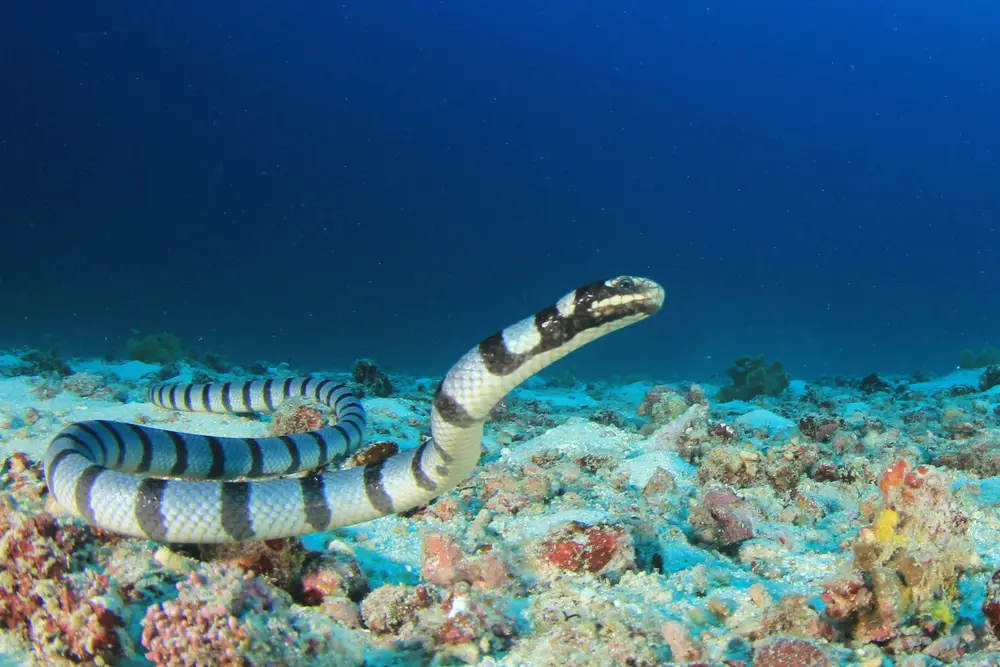
Sea kraits glide between reef and shore, wearing unmistakable black-and-white or blue bands. Their venom is highly neurotoxic, evolved to immobilize fish quickly. Fortunately, sea kraits are docile and rarely bite unless handled or trapped. Human deaths are rare where medical care is accessible.
Symptoms can be delayed, so treat any suspected bite as urgent. Seek care immediately and provide as much detail as possible about the snake. Supportive care and antivenom can prevent respiratory failure and other complications. With timely treatment, outcomes are typically good.
9. The Boomslang
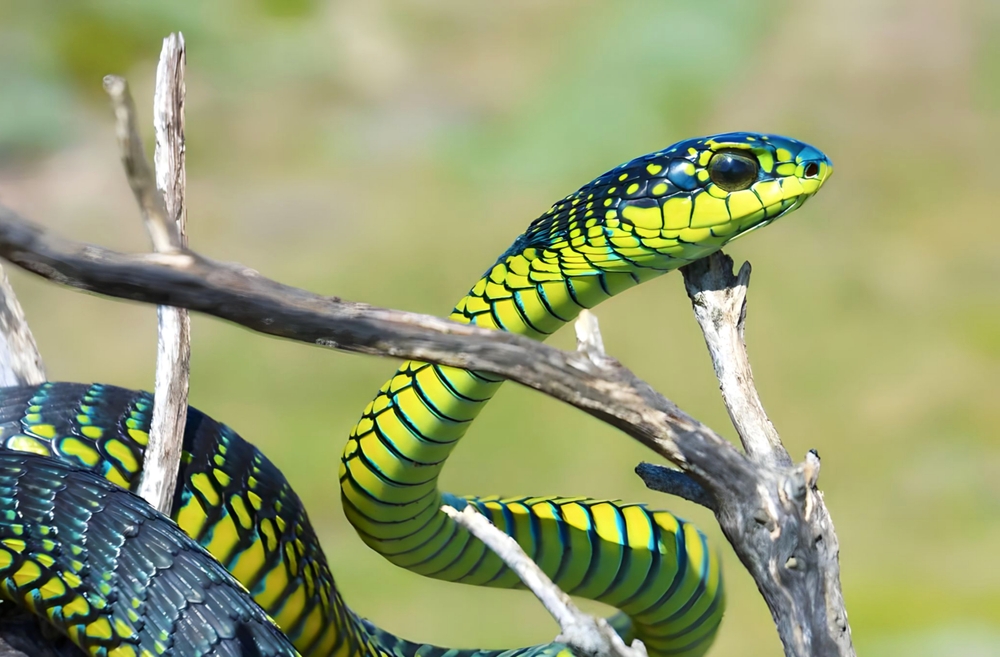
The boomslang is a shy, arboreal snake with an outsized venom reputation. Its hemotoxic venom can disrupt clotting and cause internal bleeding. Despite the potency, boomslang bites are uncommon because the species avoids people. Where antivenom is available, mortality is low with early treatment.
If bitten, don’t wait for symptoms; bleeding complications can appear hours later. Get to a hospital quickly so clinicians can monitor clotting and intervene early. Antivenom and supportive care are highly effective when administered in time. With prompt attention, most patients recover fully.
10. The Tiger Snake
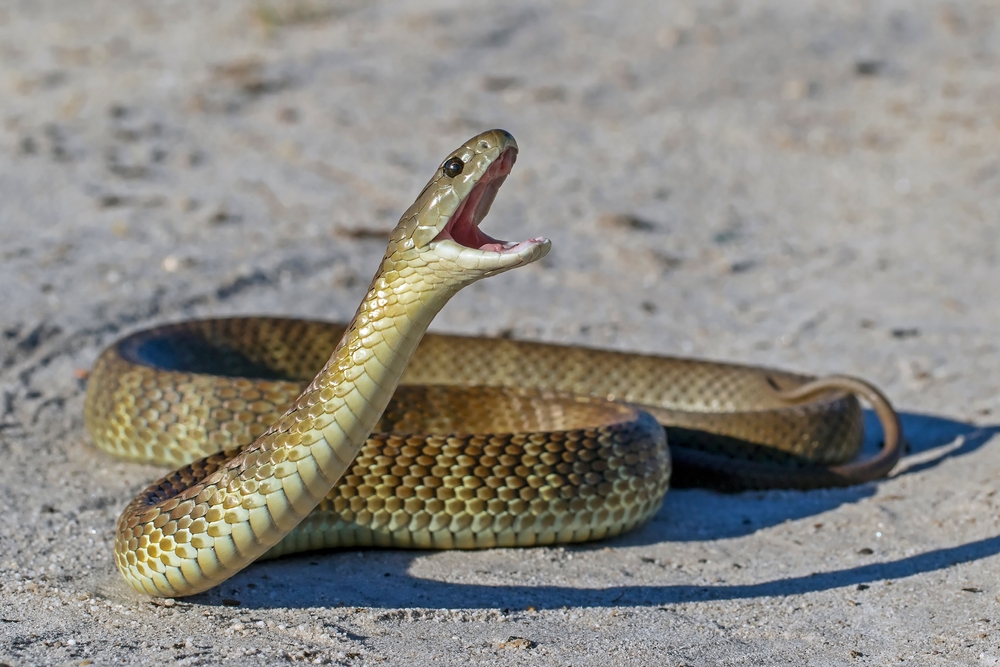
Tiger snakes are highly venomous Australians known for bold banding and powerful neurotoxic-myotoxic venom. Bites can be life-threatening without treatment but are relatively uncommon due to avoidance behavior. In Australia’s robust healthcare system, access to antivenom and advanced care greatly improves outcomes. Survival is the expectation when treatment is rapid.
If bitten, remain still and use pressure immobilization per Australian first-aid guidelines. Call emergency services immediately rather than attempting to travel far on foot. Hospital teams will manage breathing, muscle damage, and coagulation as needed. With swift antivenom therapy, recovery is likely.
11. The Eastern Brown Snake
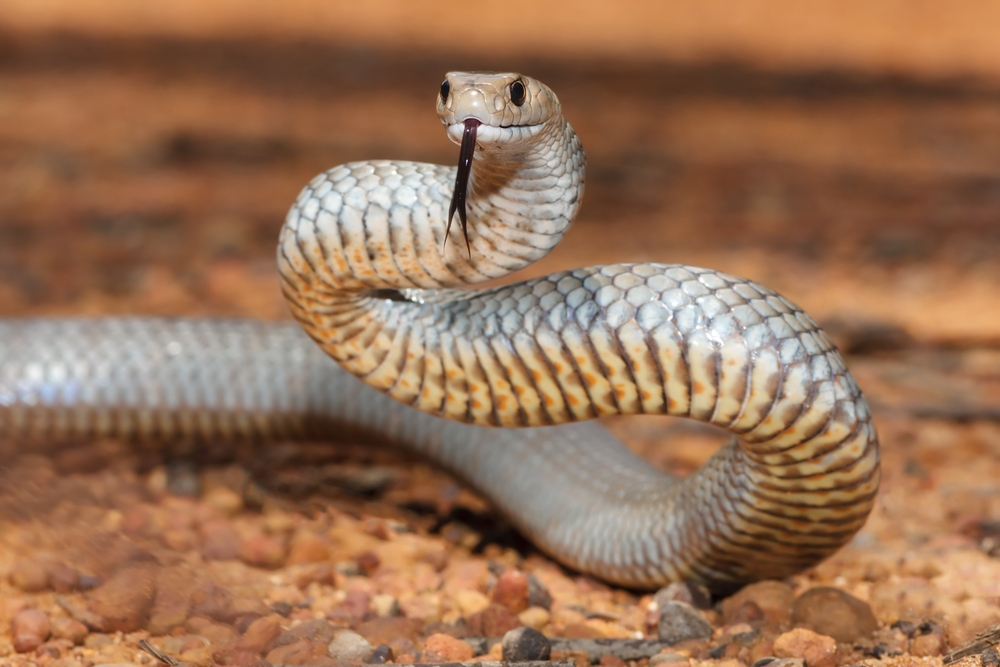
The eastern brown snake is responsible for many venomous bites in Australia, largely because it thrives near human habitats. Its venom is a potent mix that can affect clotting and the nervous system. Even so, outcomes are often favorable where modern emergency care and antivenom are readily available. Education and quick action make a significant difference.
If bitten, follow pressure immobilization and call for urgent medical help. Avoid food, drink, or unnecessary movement while awaiting care. Hospitals can administer antivenom and monitor for clotting abnormalities and neurologic effects. With fast treatment, survival rates are high.
12. The Black Mamba
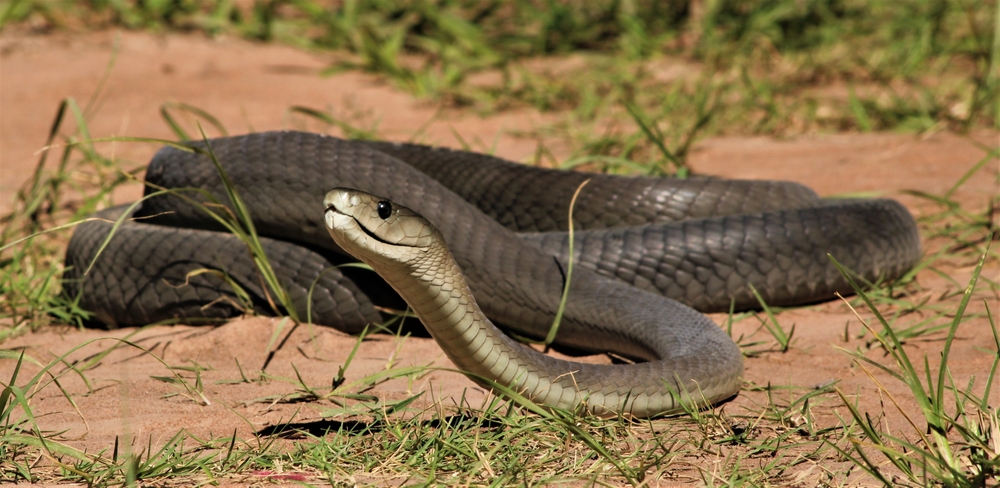
The black mamba’s reputation is the stuff of legend, driven by speed, size, and potent neurotoxic venom. Historically, mortality was high in remote settings without access to care. Today, with antivenom and airway support available quickly, survival is very possible. Even this feared bite can be overcome with modern treatment.
If bitten, minimizing movement and reaching advanced medical care immediately are crucial. Clinicians will prioritize breathing support and rapid antivenom administration. Continuous monitoring helps catch complications early and guide therapy. With swift intervention, many patients recover fully.
13. The European Adder
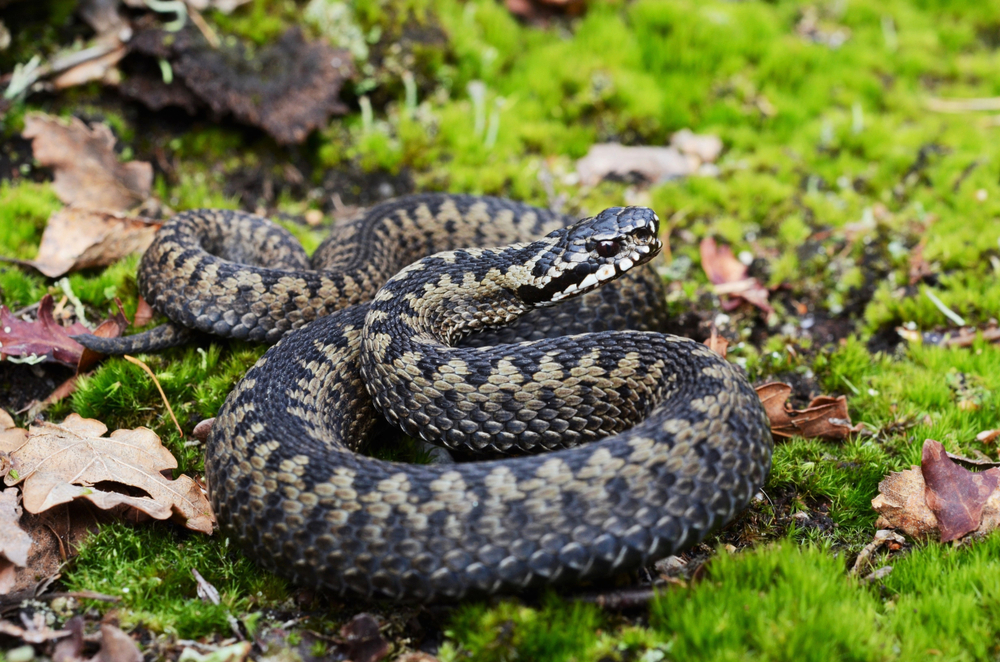
Vipera berus, the European adder, is widespread across Europe and often the only native venomous snake in many regions. Its bites can be painful with local swelling and occasional systemic symptoms. Fortunately, fatal outcomes are rare in healthy adults, especially with prompt care. Children and the elderly are managed more cautiously, but antivenom is available when indicated.
If bitten, keep calm and immobilize the limb while you seek evaluation. Most patients require observation, pain control, and monitoring for allergic or systemic reactions. Antivenom is reserved for moderate to severe cases and used effectively when needed. With medical support, most adder bites resolve without lasting harm.
